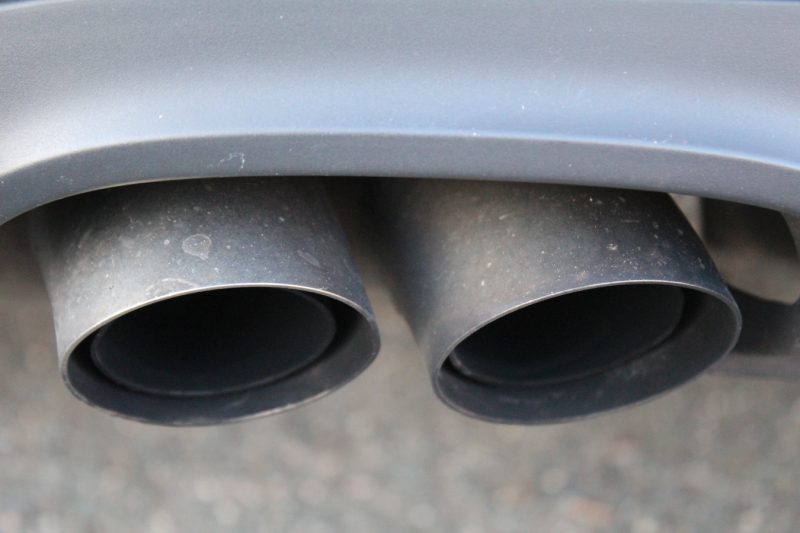The Low Carbon Vehicle Partnership (LowCVP) has launched an information portal to give clarity and consistency about the introduction and progressive adoption of the new WLTP fuel economy test, at www.lowcvp.org.uk/initiatives/
From 1 September 2017, cars will begin to be tested in a completely new way, giving buyers comprehensive and reliable mpg figures and helping them compare and select the car best suited to the type of driving they do.
The new test is called the World Harmonised Light Vehicle Test Procedure or WLTP for short. Every new car model will be tested against WLTP starting from 1 September 2017, and by September 2018 all new cars on sale will have WLTP test information.
Importantly, the new WLTP test will become the only truly comparable measure across every car and manufacturer, which is verified by governments and certification bodies and this data should not be confused or compared with other road tests or ‘real world’ indices.
While WLTP tests are conducted in a laboratory to ensure accuracy and repeatability, they are designed to introduce much more representative testing conditions based on data from ‘real driving’ for new cars and should provide a more accurate basis for measuring emissions and calculating a car’s fuel consumption. This will provide consumers with much more comprehensive and representative car performance data, important when making a purchase decision. The new test involves a significant number of key changes compared to the ‘old’ NEDC test.
The new test also places more emphasis on the detailed vehicle specification than the old test, when determining fuel consumption and CO2emissions. The recognition of factors such as the mass and aerodynamics of the vehicle, the rolling resistance of the tyres and the impact of options fitted to the car by the manufacturer is greatly improved to give a more accurate set of values for an individual vehicle.
Most cars tested under WLTP are likely to show higher CO2 emissions and lower fuel economy figures than the same car tested under the old NEDC test. This reflects much more accurately day-to-day driving, however the actual on-road consumption is completely unaffected by the test type.
Andy Eastlake, Managing Director, Low Carbon Vehicle Partnership, comments: “The figures from the new WLTP test are designed to really help consumers understand which powertrain technology and vehicle is best suited to their driving and journey patterns. The LowCVP is working with its stakeholder community to coordinate detailed guidance and the presentation of the new data and to maximise the benefit for motorists, to further encourage the uptake of low emission vehicles.”
Manufacturers and the Government’s Vehicle Certification Agency are expected to progressively start showing WLTP car performance figures on their websites from late 2017, as new models are approved.
Cars tested under WLTP will still have NEDC CO2 and fuel consumption values reported until 2020. Manufacturers must continue to use the NEDC CO2 figure to report against European CO2 emission fleet average targets (which were set against NEDC) for new cars until the complete switch to WLTP.
From 1 September 2017 cars approved under WLTP will continue to be taxed against the NEDC CO2 emission value, so there is no change to the CO2 based taxation systems in the short term. This includes vehicle tax (VED) and company car tax (BIK). The LowCVP is working with all stakeholders to ensure a smooth transition of these regulations and policies after data becomes available for every new car.
Source; LowCVP

